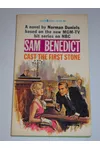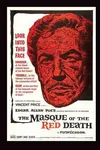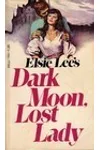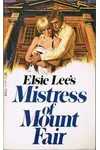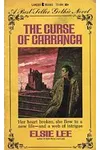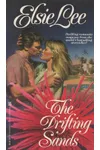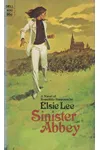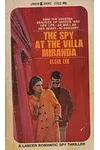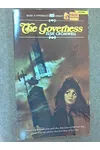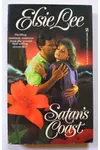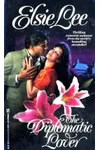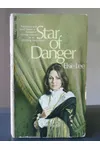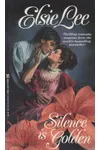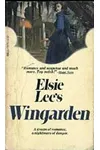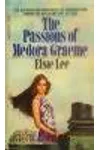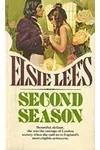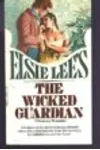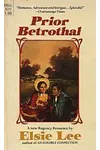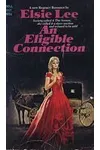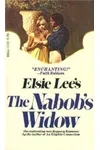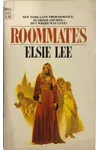Picture a Brooklyn-born wordsmith spinning fairy tales for grownups, weaving romance and suspense with a dash of wit—meet Elsie Lee! Born in 1912, Elsie Lee captivated readers with her intelligent heroines and intricate plots, earning a loyal following in the romantic suspense and Regency romance genres. Her stories, often described as 'fairy tales for adults,' blended sharp dialogue, strong characters, and a commitment to quality that made her a standout in the 1960s and 1970s.
With a career spanning over 35 books, Lee wrote under pseudonyms like Elsie Cromwell and Jane Gordon, crafting novels that ranged from gothic mysteries to historical romances. Her life was as vibrant as her stories, filled with passions for cooking, cats, and Mensa-level wordplay. Let’s dive into the world of Elsie Lee, where every page promises adventure and heart!
The Making of Elsie Lee
Elsie Lee, born Elsie Williams on January 24, 1912, in Brooklyn, New York, grew up in a household buzzing with creativity. Her father, a telephone engineer, and her mother, a housewife, nurtured her early love for cooking—she was whipping up dishes by age eight! After studying at Swarthmore College and the Pratt Institute, Elsie worked as a librarian and office manager before marrying Morton Lee in 1941. Her writing career kicked off in the 1940s with stories sold to Ladies Home Journal, setting the stage for her prolific novel-writing journey.
Elsie Lee’s Unforgettable Stories
Elsie Lee’s novels are a treasure trove of romantic suspense and Regency romance, marked by witty heroines who outsmart villains and charm suitors. Her 1971 novel Silence Is Golden follows Silence Eddington, a young woman navigating the luxurious yet dangerous Hazelhurst Grange, where love and evil intertwine. In The Nabob’s Widow (1976), a Regency gem, Dianthe’s fiery spirit captivates a bored Marquis, with Siamese cats stealing the show. Sinister Abbey (1967) showcases Lee’s knack for suspense, as art student Danica uncovers a World War II art forgery scheme in a French abbey.
Lee’s style was distinctive: she prioritized rich characterizations over complex plots, often featuring self-assured women who weren’t nurses or secretaries. Her commitment to vocabulary and grammar shone through, subtly educating readers while entertaining them. Fans compared her Regency works to Georgette Heyer’s, praising their historical detail and playful romance. Lee’s versatility also extended to novelizations like The Masque of the Red Death (1964), blending her flair with cinematic horror.
Why Elsie Lee Matters
Elsie Lee’s impact lies in her ability to craft empowering heroines who resonated with readers in an era when romantic suspense was dominated by formulaic tales. Her novels offered escapism with substance, blending romance, mystery, and intellect. Fans adored her strong women and witty men, rereading favorites like The Nabob’s Widow multiple times. Though less known today, Lee’s work remains a touchstone for fans of vintage romance, inspiring modern authors who value character-driven storytelling.
Her legacy endures through her diverse bibliography and the joy her stories still bring. As a Mensa member and multifaceted woman, Lee proved that storytelling could be both entertaining and enlightening, leaving a quiet but lasting mark on the genre.
- Born: January 24, 1912, in Brooklyn, New York
- Died: February 8, 1987, in New York City
- Key Works: The Nabob’s Widow, Silence Is Golden, Sinister Abbey
- Pseudonyms: Elsie Cromwell, Jane Gordon, Lee Sheridan
- Fun Fact: A Mensa member, Lee loved cats, cooking, and word games!
About Elsie Lee
Ready to lose yourself in a world of witty heroines and thrilling romance? Snag The Nabob’s Widow or Silence Is Golden and discover Elsie Lee’s enchanting fairy tales for grownups!
